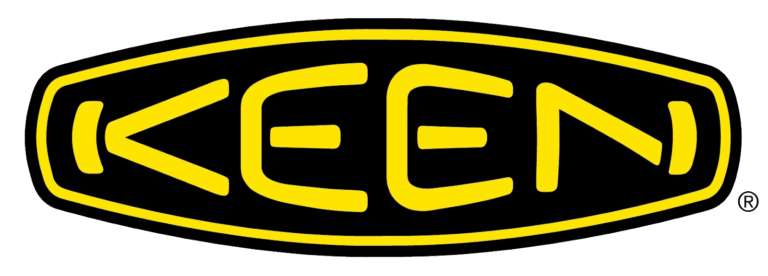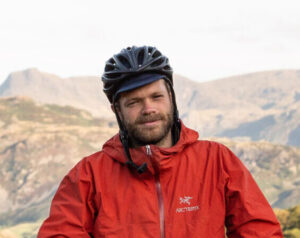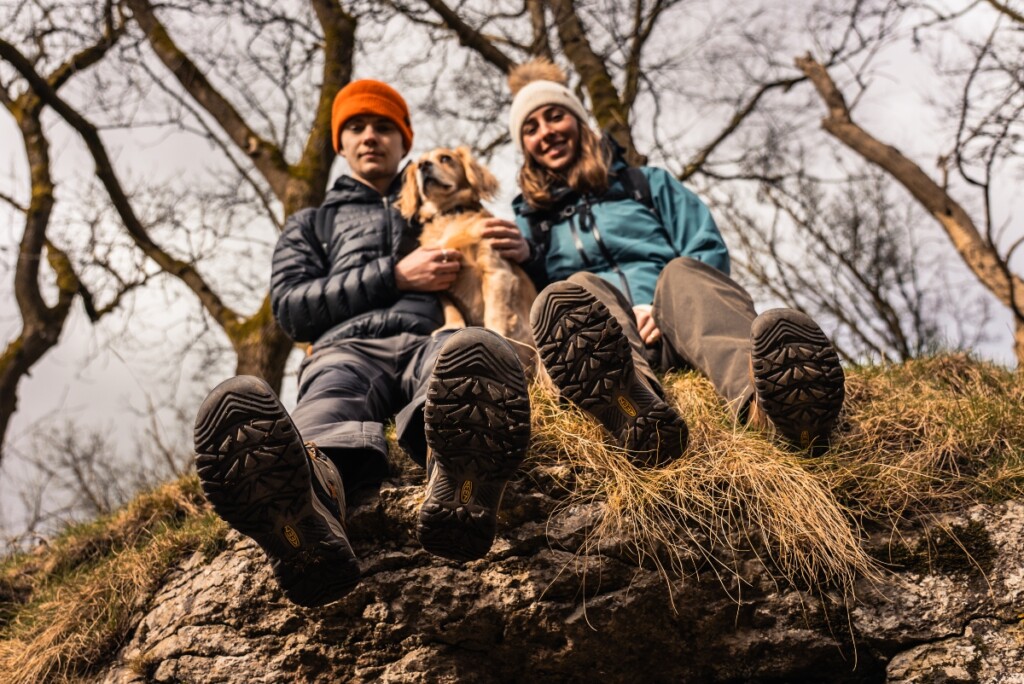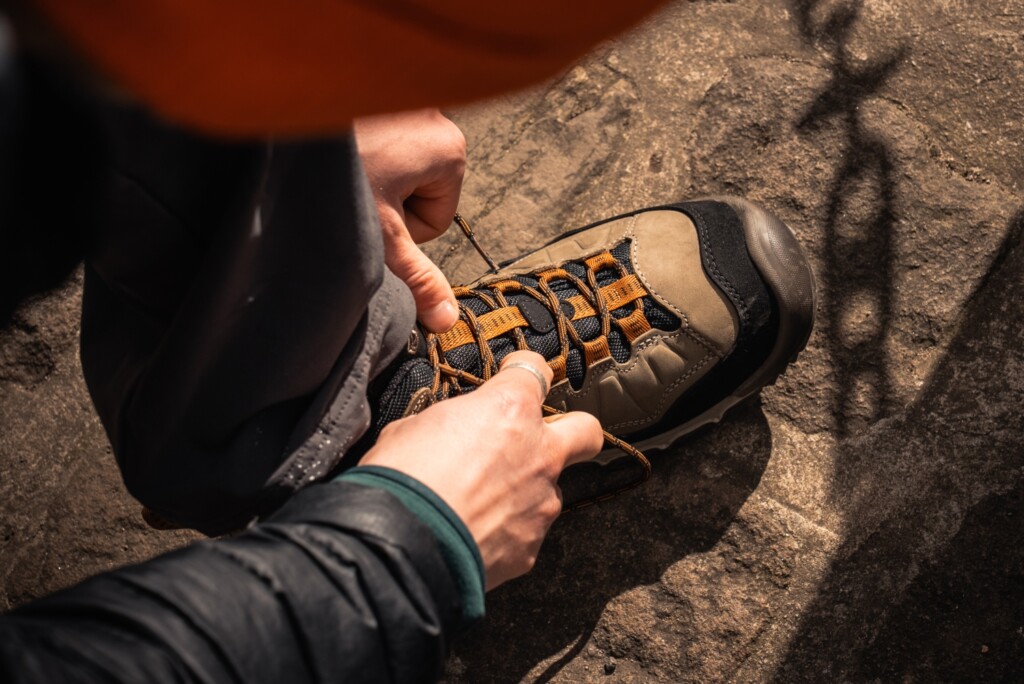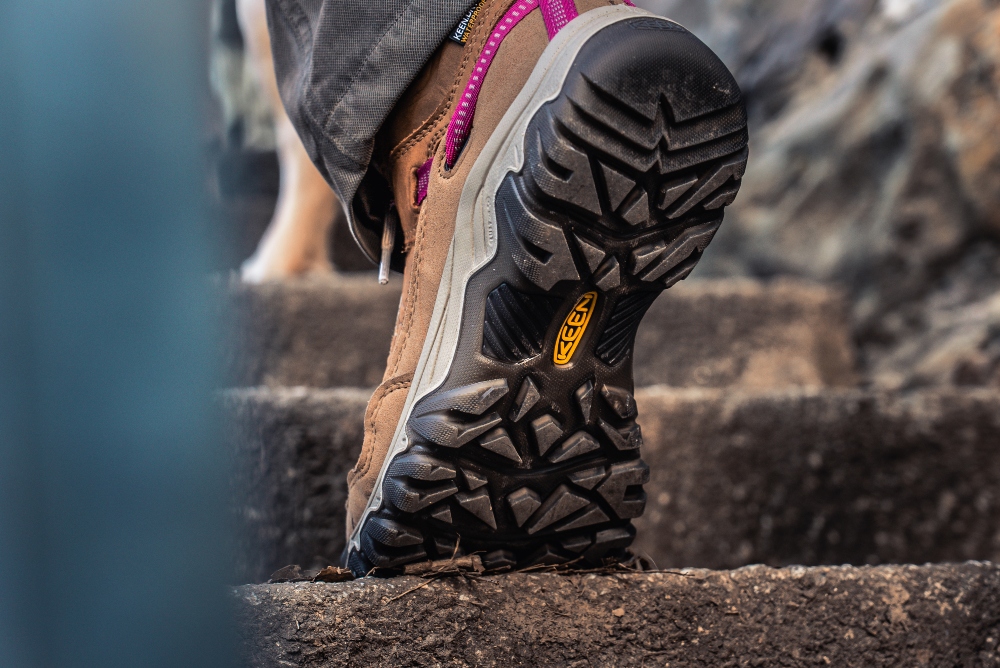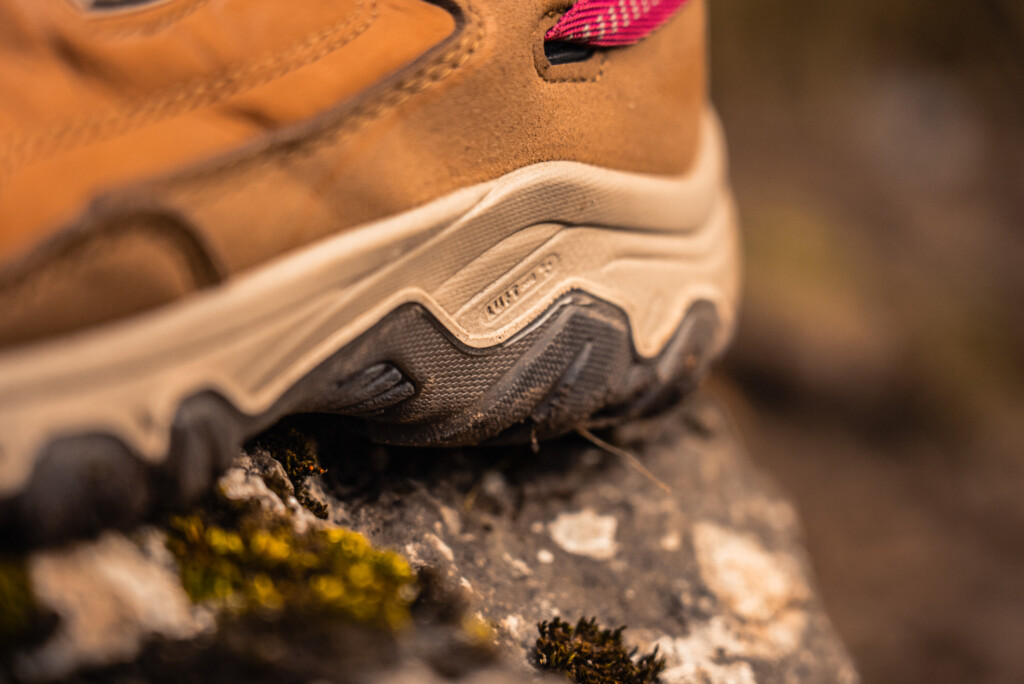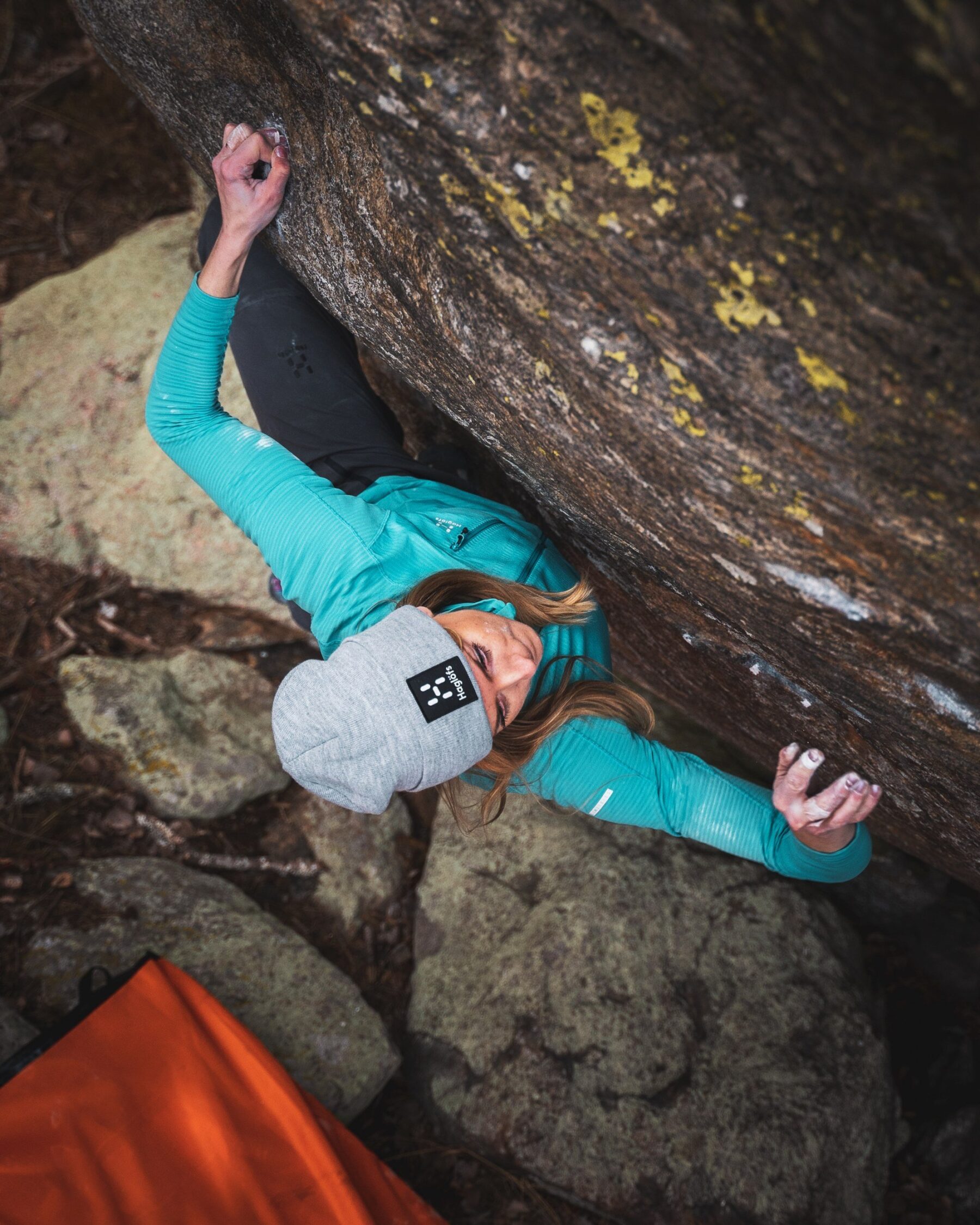Treading Lightly
When our outdoor kit poses a threat to the very same thing we’re trying to experience, therein lies a tension to resolve.
For decades, innovations in technology and equipment have enabled us more time outside, to push higher, faster, further. But in the quest to do more in safety and comfort, the environment itself was often overlooked.
Taking a look at the latest in adventure shoe design innovation, Chris Hunt catches up with the design heads at KEEN to hear more about their proprietary FUSION technology and what it means in a fast-moving industry, for us as adventurers and the planet.
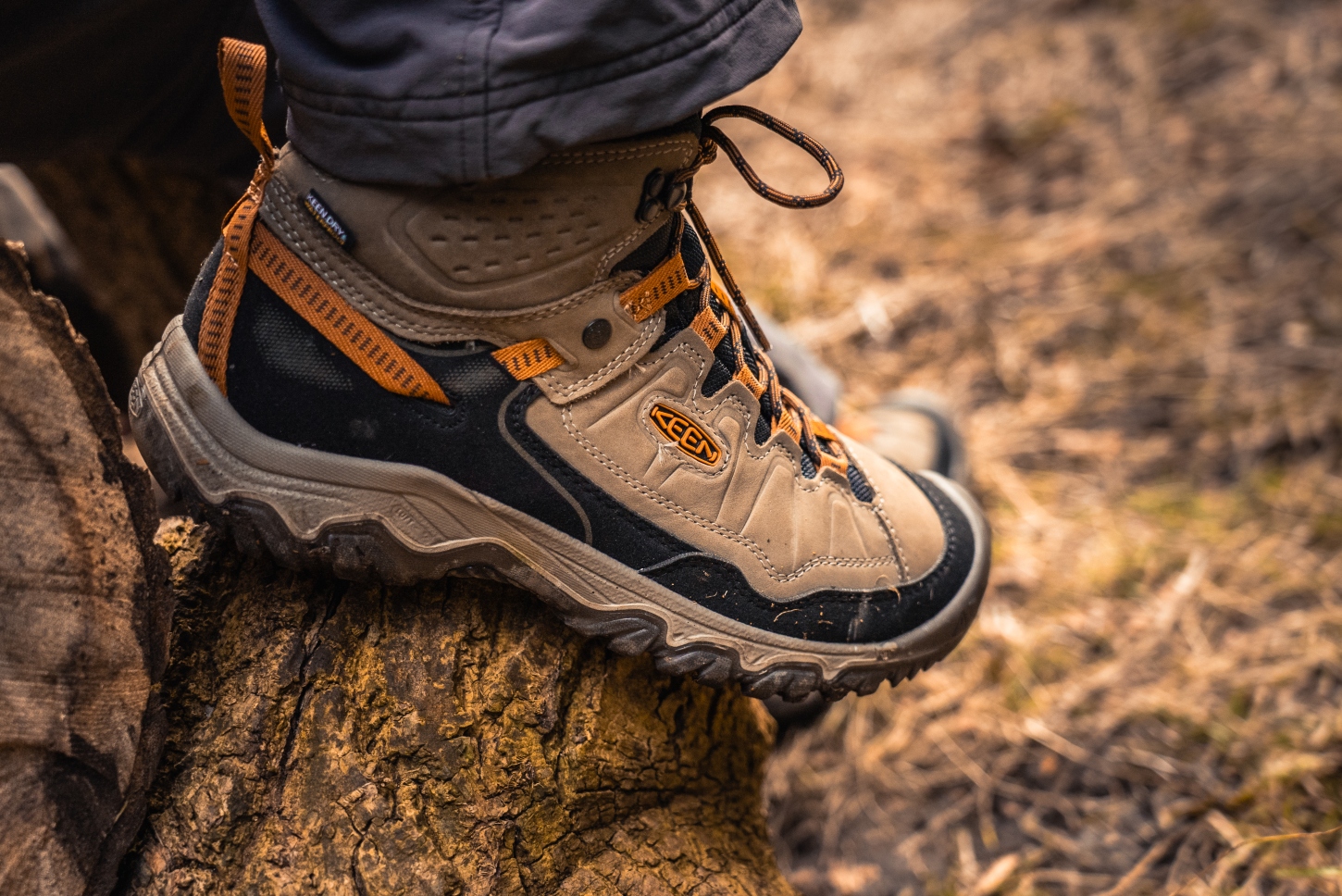
Today, a snapshot of the outdoor industry looks pretty different than it did even five years ago. Sustainability is everything. Take a stroll around any trade show, or as much as glance at any marketing material, and it’s the first thing you’re hit with.
We’ve learned more about the impacts of our time outdoors and the products enabling us to be out there, and the cogs are in motion to help us tread a little lighter. Product designers are far more conscious, not only in the materials they chose but also how they’re sourced and the methods used to bring them together, following better animal welfare practices, opting away from petrochemicals where possible and exploring the full extent of what’s possible using recycled fibres.
We’ve seen policy makers step in too. An industry-wide ban on Polyfluoroalkyl Substances or PFAS – toxic and forever chemicals – in waterproofing for example, has to be one of the biggest shifts in the market’s recent history. And as a community, we’re a pretty well-informed bunch, applying pressure with our purchasing choices on brands to do better.
But there’s also an awful lot of fluff. We’ve seen some manufacturers merely step sideways, opting for alternative, seemingly more environmentally friendly materials and practices, only to create a whole new set of issues. To make impactful, lasting change beyond the hype, it takes real intent and sometimes an unorthodox vision. A willingness to shake things up and to invest real time and money to make it happen.
Five years ago, in Sole Survivors, I took a look at the work of one pioneering brand to move away from toxic glues, opting instead for natural latex and conifer glue to create a completely biodegradable shoe. In the following years, we saw many key players follow suit, first with natural fibres and then with natural adhesives too. But as KEEN’s design team saw it, the crux of the issue still loomed large.
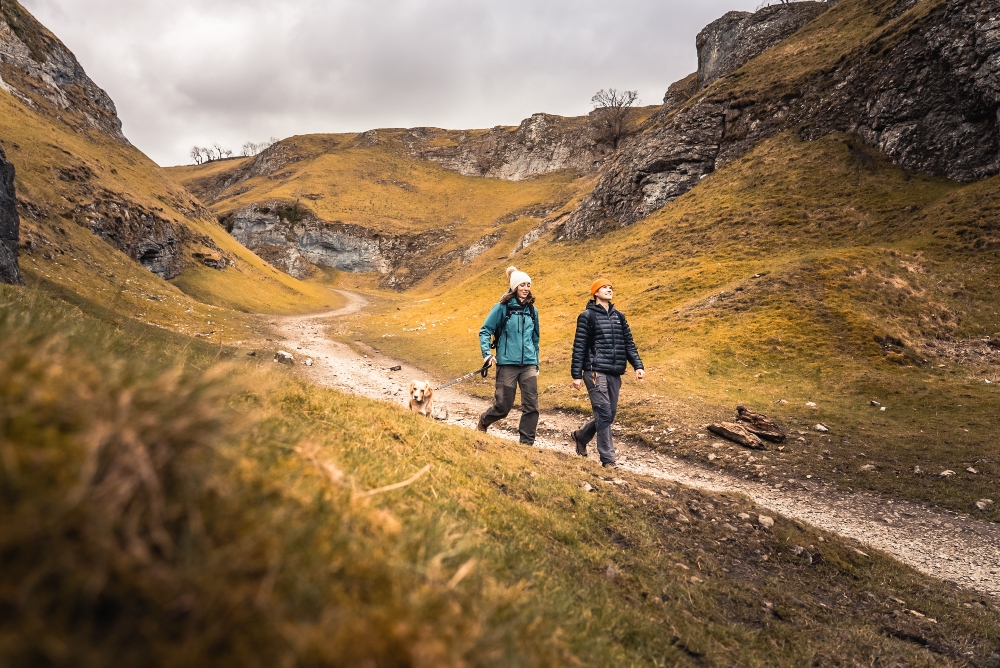
‘When the sole is adhered to a shoe using glue, the glue can deteriorate through wear and with age, causing it to separate from the rest of the shoe,’ Will Schuh, Global Product Manager at KEEN tells me. ‘This is called delamination, and it’s one of the main reasons that footwear falls apart.’
It’s something the brand have been grappling quietly with for over a decade. The pathway to making longer lasting, more sustainable footwear, they knew, needed a fresh approach from a totally new angle. And so they returned to the drawing board.
‘We wanted to see how far we could push ourselves to make better footwear on every level,’ he says. ‘As we dove in, that really boiled down to making the boot both perform better and be created more consciously. For us, the best way to do that was to focus on durability. A boot that lasts longer, with a construction better for the planet, means our fans need to buy less boots.’
Their starting point was the existing known weak points: the upper and, most critically, the midsole and outsole. But the solution they decided didn’t lie solely in selecting a new set of alternative materials. Instead they set about creating a total redesign of the bonding process, eliminating their reliance on glues altogether. A process they worked on for close to 15 years, and what they now call KEEN.FUSION.
‘We fused the sole to the upper using a high-heat, direct-injection process that creates both a chemical and mechanical bond that won’t delaminate over time,’ explains Will. ‘A superheated proprietary compound is injected directly onto the upper using special machinery. That liquid compound then forms and solidifies around the fibres of the upper mudguard, creating a physical bond as the compound flows into the small pores of the material. That compound is also highly reactive, so it creates a chemical bond too, double joining the upper to the sole.’
We wanted to see how far we could push ourselves to make better footwear on every level
It’s a unique process, setting the brand apart from centuries of a conventional manufacturing processes. But they weren’t done. They wanted to apply this technology to their highest-performing and most-loved shoes, the lightweight Targhee range.
‘Traditionally, KEEN.FUSION’s major benefits came with a major draw-back – increased weight,’ says Will. ‘For the Targhee IV, we considered a ton of solutions including new EVAs [ethyl vinyl acetate – a foam rubber-like material commonly used in footwear] or other cemented foams, new, lighter weight leathers, etcetera, but at the end of the day, we simply couldn’t find a solution that delivered a better benefit to our fans and minimised the impact on the planet like KEEN.FUSION. It’s ability to provide a durable, lighter weight midsole and a delam-free bond without adhesives simply can’t be matched right now for us,’ he says.
After working for two years to combine the genius of KEEN.FUSION with the unique challenges of this iconic range, the real innovation, as Will explains to me, is how each of its components work together.
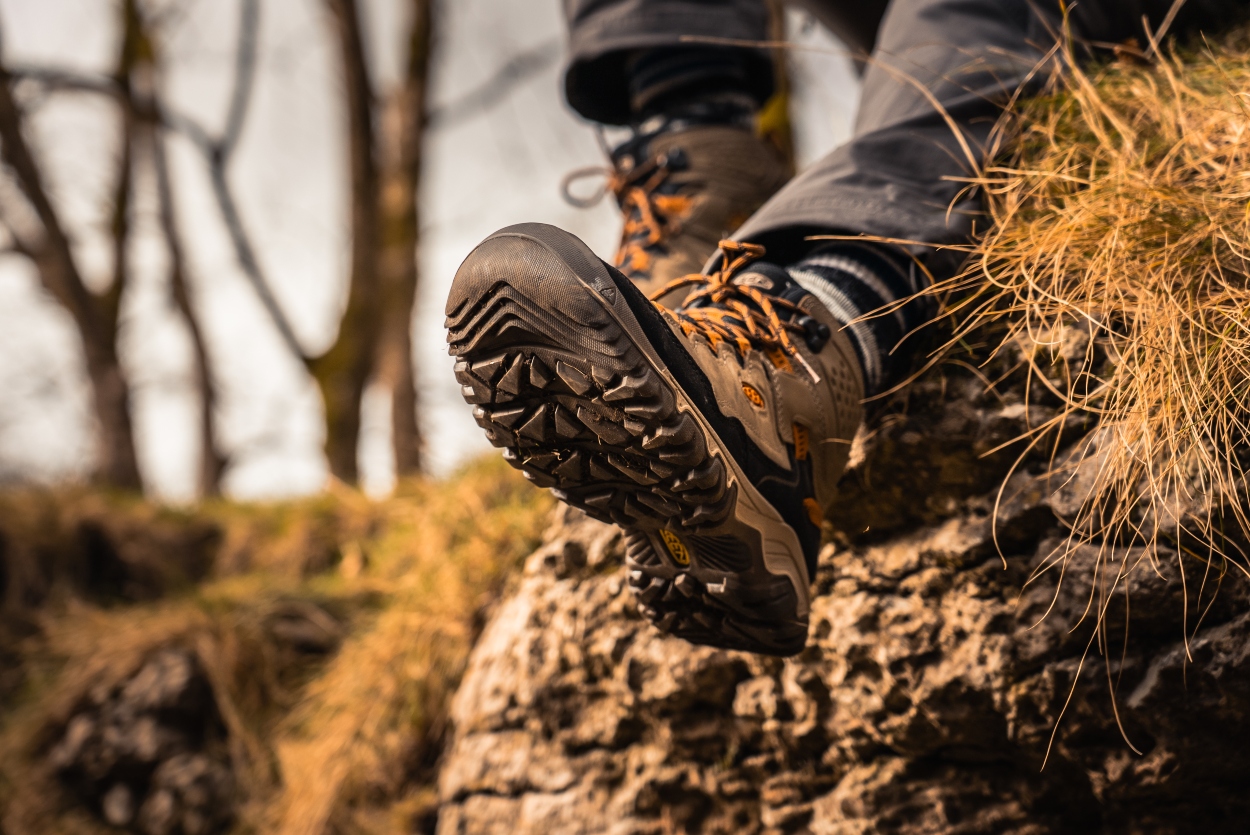
Every new product uses resources, so the most sustainable shoe is the one you can keep wearing
‘With the Targhee IV, we were able to develop a brand new formulation of the midsole polyurethane [PU] and outsole compound that significantly lightened the weight, allowing us to apply it to a day hiker too.’
The result is a light-weight, durable shoe that excels in almost every category compared to its predecessor, the Targhee III. A midsole that provides more shock absorption, a heel that more effectively resists compression and an outsole that far outlives the alternatives.
‘The Luftcell midsole in Targhee IV has nearly 100,000 air bubbles per cubic centimetre. These air bubbles help the PU maintain cushioning and spring,’ explains Will. ‘In the shock absorption test, both shoes were subjected to the same amount of ‘falling mass’. While both passed the standard with flying colours, the Targhee IV midsole had a higher energy return than the Targhee III. In the second test, a heavy weight was repeatedly dropped on the heel of the two boots, measuring the resulting loss of material through compression. The Luftcell in Targhee IV had half the material loss of the EVA of the Targhee III midsole and half the compression set, which is a measure of how the foam returns to its original shape after compression.’
This unique composition of materials cohesively working together also presented KEEN’s designers with an opportunity to level-up the outsole of the Targhee’s latest evolution, which they replaced with a brand new compound – KEEN.RUGGED.
‘It’s twice as abrasion resistant as the KEEN.ALL-TERRAIN rubber outsole in Targhee III,’ says Will. ‘Keeping lugs intact for longer and providing better traction for longer – which again, greatly extends the life of the boot.’
Longer-lasting products ultimately means less products, reducing both the load on materials and also the energy required to manufacture them. Coupled then with the removal of toxic chemicals in the shoe itself, Will and his team were satisfied they’d found the answer.
‘The process eliminates the need for glues and solvents, which are among the six classes of the most toxic chemicals in consumer products. And since it’s a bond that lasts longer, you can keep wearing your boots. Not replace them. Every new product uses resources, so the most sustainable shoe is the one you can keep wearing.’
And that’s what it’s all about for KEEN. It’s all well and good producing something less harmful, but if it fails to stand up to the job at hand, then even with the best intent, we’re back where we started. By steering away from convention and totally redefining the construction of their footwear, in the Targhee IV, KEEN have created shoe that not only avoids harmful materials in its makeup while resisting breakdown, keeping it out of landfill for longer but one that also performs better too. The ultimate example that treading a little lighter doesn’t have to come with compromise.
Don’t miss a single adventure
Sign up to our free newsletter and get a weekly BASE hit to your inbox
Other posts by this author

Review • Chris Hunt • Jun 27, 2023
Review: Montane Fireball Lite Hooded Jacket
Versatile mid-layer designed for active fast and light adventure
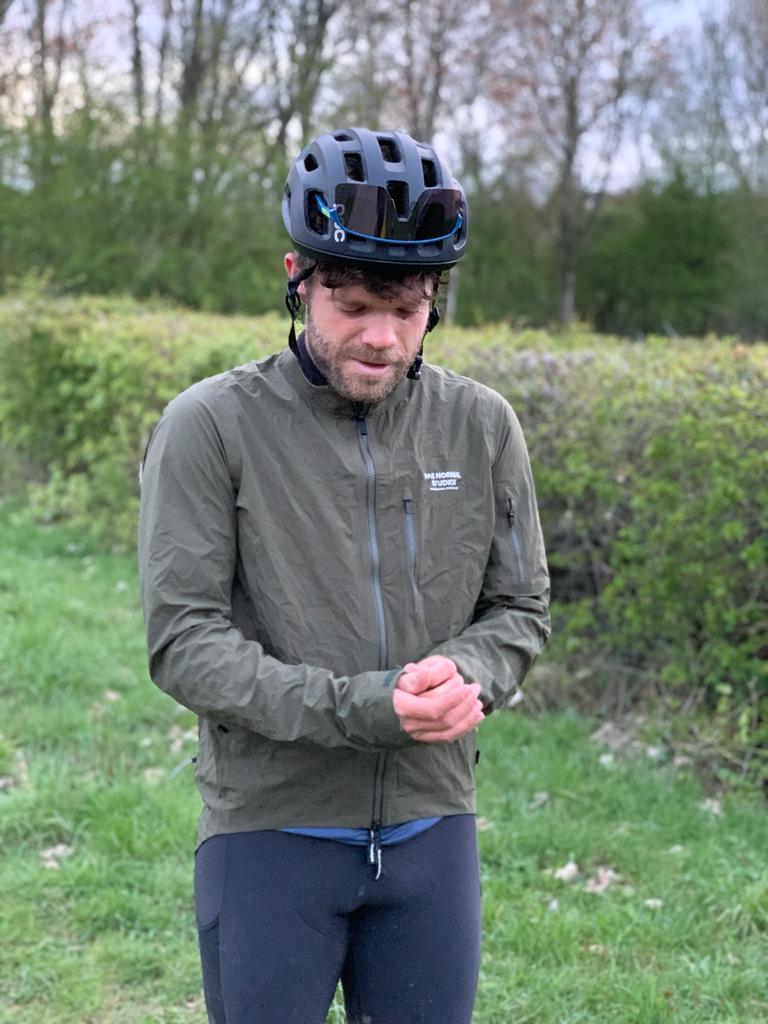
Review • Chris Hunt • Jun 23, 2023
Review: Pas Normal Studios Essential Shield Waterproof Jacket
Premium waterproof cycling jacket
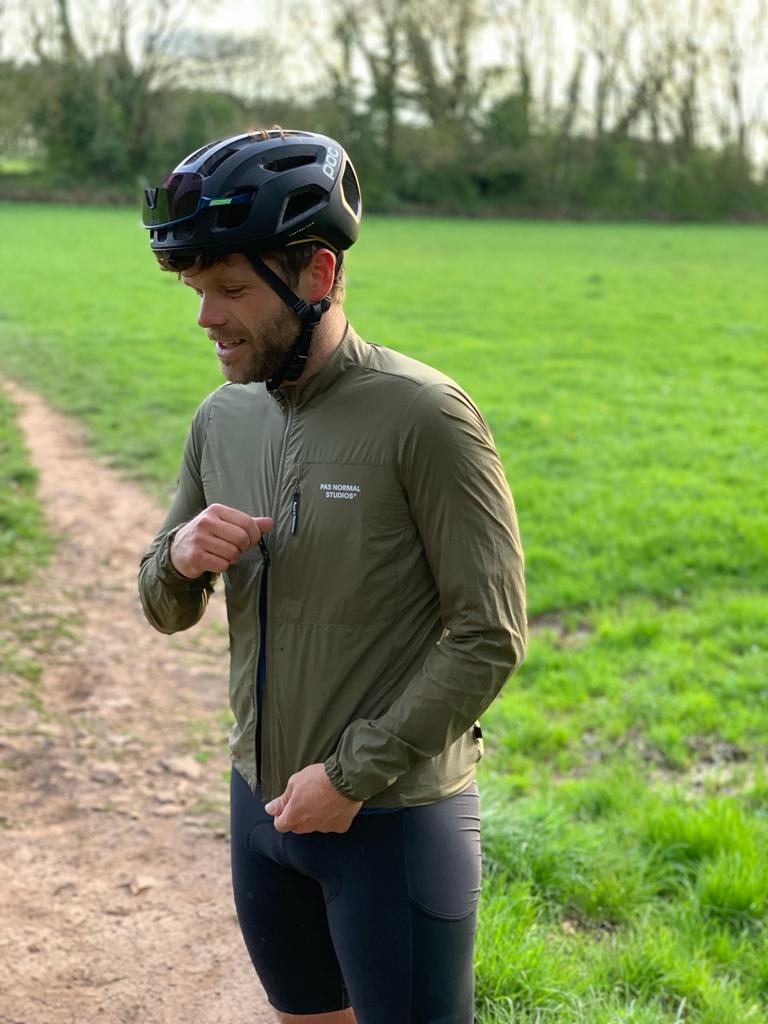
Chris Hunt • Apr 27, 2023
Review: Pas Normal Studios Essential Insulated Jacket
Lightweight windproof insulated jacket from the contemporary Danish cycling brand
